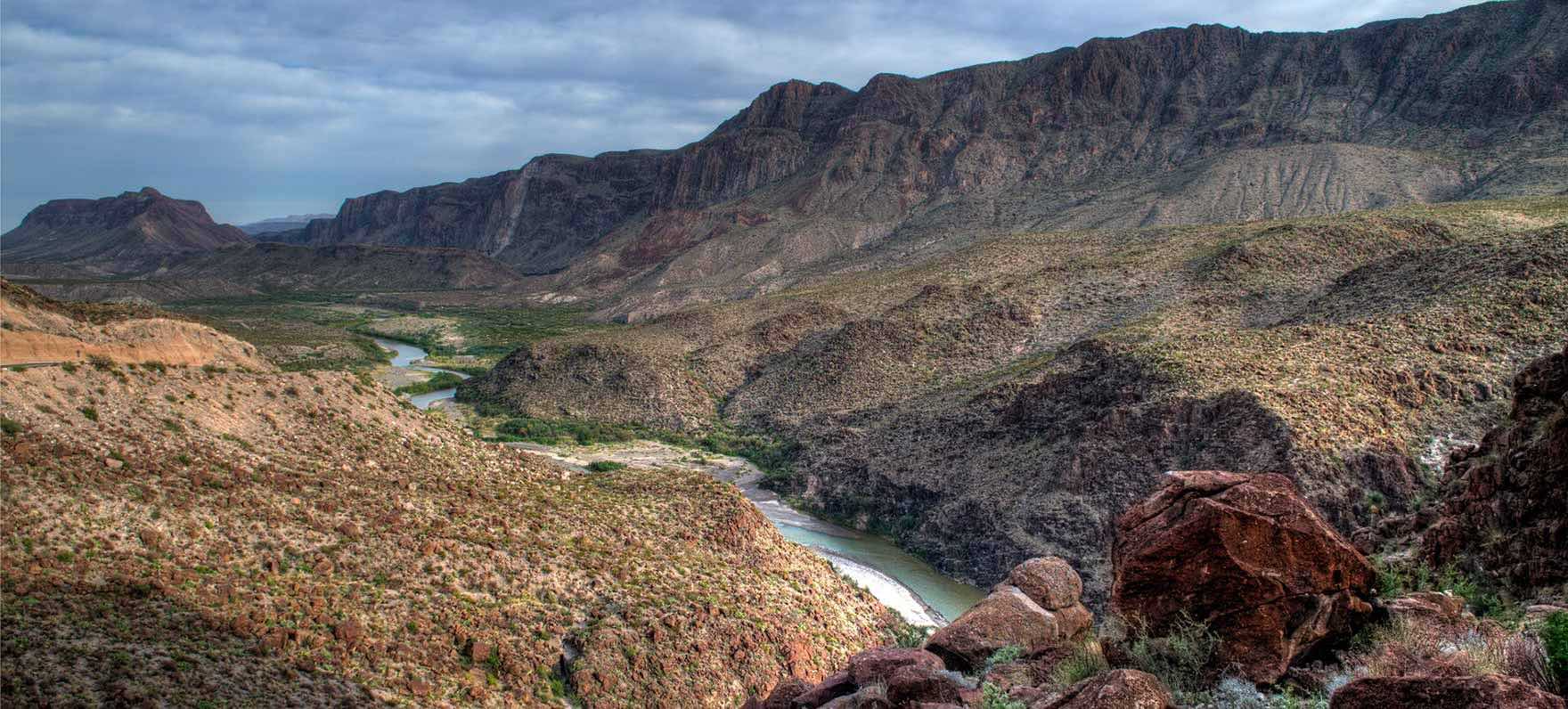Secrets Of Mountain Lion Territories In Texas’s Big Bend Ranch

Have you ever wondered where mountain lions roam in Texas? Big Bend Ranch State Park is one of the best places to find out. This vast park, located in West Texas, offers a unique chance to learn about these elusive creatures. Covering over 300,000 acres, the park provides a perfect habitat for mountain lions. With rugged terrain, deep canyons, and diverse wildlife, it's no wonder these big cats call it home. Whether you're a hiker, camper, or wildlife enthusiast, exploring Big Bend Ranch gives you a glimpse into the secret lives of mountain lions. Ready to uncover the mysteries of these majestic animals?
Secrets of Mountain Lion Territories in Texas's Big Bend Ranch
Big Bend Ranch State Park in Texas is a vast, rugged landscape where mountain lions roam freely. These elusive creatures have carved out territories in some of the most breathtaking spots within the park. Let's uncover the secrets of these majestic animals and their chosen habitats.
1. Solitario
The Solitario is a massive geological formation that offers a unique habitat for mountain lions. This area provides:
- Rocky Outcrops: Perfect for stalking prey and hiding from potential threats.
- Water Sources: Essential for survival, especially in the arid climate.
- Diverse Prey: From deer to smaller mammals, the food supply is abundant.
2. Fresno Canyon
Fresno Canyon is another prime territory for mountain lions. This canyon features:
- Steep Cliffs: Ideal for observing the surroundings and planning hunts.
- Dense Vegetation: Offers cover and a variety of smaller animals to hunt.
- Secluded Areas: Less human activity, making it a safe haven for these big cats.
3. Oso Mountain
Oso Mountain stands tall as a significant landmark within Big Bend Ranch. Mountain lions here benefit from:
- Elevated Vantage Points: Great for spotting prey from a distance.
- Cooler Temperatures: Higher altitudes provide a respite from the desert heat.
- Abundant Wildlife: A rich ecosystem supports a healthy lion population.
4. Rio Grande Corridor
The Rio Grande Corridor is a lifeline for many species, including mountain lions. This area includes:
- River Access: A reliable water source year-round.
- Lush Vegetation: Supports a variety of prey animals.
- Natural Barriers: The river and surrounding terrain create natural boundaries for territories.
5. Contrabando Dome
Contrabando Dome is a lesser-known but vital area for mountain lions. This spot offers:
- Hidden Caves: Perfect for resting and raising cubs.
- Open Plains: Ideal for hunting larger prey like deer.
- Minimal Human Disturbance: Ensures a peaceful environment for these solitary animals.
6. Chorro Canyon
Chorro Canyon is a rugged, remote area that mountain lions favor. This canyon provides:
- Narrow Passages: Excellent for ambushing prey.
- Shade and Shelter: Essential for escaping the harsh sun.
- Rich Biodiversity: A variety of animals to hunt and sustain the lions.
7. La Mota Mountain
La Mota Mountain is another key territory within Big Bend Ranch. Mountain lions here enjoy:
- High Elevation: Offers a strategic advantage for spotting prey.
- Varied Terrain: From rocky slopes to grassy meadows, it supports diverse wildlife.
- Isolation: Far from human activity, providing a safe habitat.
8. Sauceda Ranch House Area
The area around Sauceda Ranch House is surprisingly a hotspot for mountain lions. This region includes:
- Historic Structures: Provide shelter and vantage points.
- Water Tanks: Attract prey animals, making hunting easier.
- Open Fields: Great for stalking and chasing down prey.
9. Cienega Creek
Cienega Creek is a vital water source within the park. Mountain lions here benefit from:
- Permanent Water Supply: Ensures hydration even during dry spells.
- Thick Vegetation: Offers cover and supports a variety of prey.
- Natural Corridors: Facilitates movement and territory marking.
10. Pila Montoya
Pila Montoya is a remote, rugged area that mountain lions find ideal. This location features:
- Rock Formations: Provide hiding spots and lookout points.
- Sparse Human Presence: Ensures minimal disturbance.
- Diverse Prey: From rabbits to larger mammals, the food supply is varied.
Understanding Mountain Lion Territories
Mountain lions in Texas's Big Bend Ranch State Park have unique territories shaped by the rugged landscape. These big cats prefer areas with dense vegetation and rocky outcrops, which provide cover and hunting opportunities. They mark their territories with scent markings and scratches on trees, helping to avoid conflicts with other mountain lions.
Human activities, such as hiking and camping, can impact these territories. It's important to respect their space and follow park guidelines to minimize disturbances. By understanding their behavior and habitat needs, visitors can appreciate the role mountain lions play in the ecosystem.
Exploring Big Bend Ranch State Park offers a chance to witness the beauty and complexity of mountain lion territories. Respecting these majestic creatures ensures their continued presence in this stunning part of Texas.

